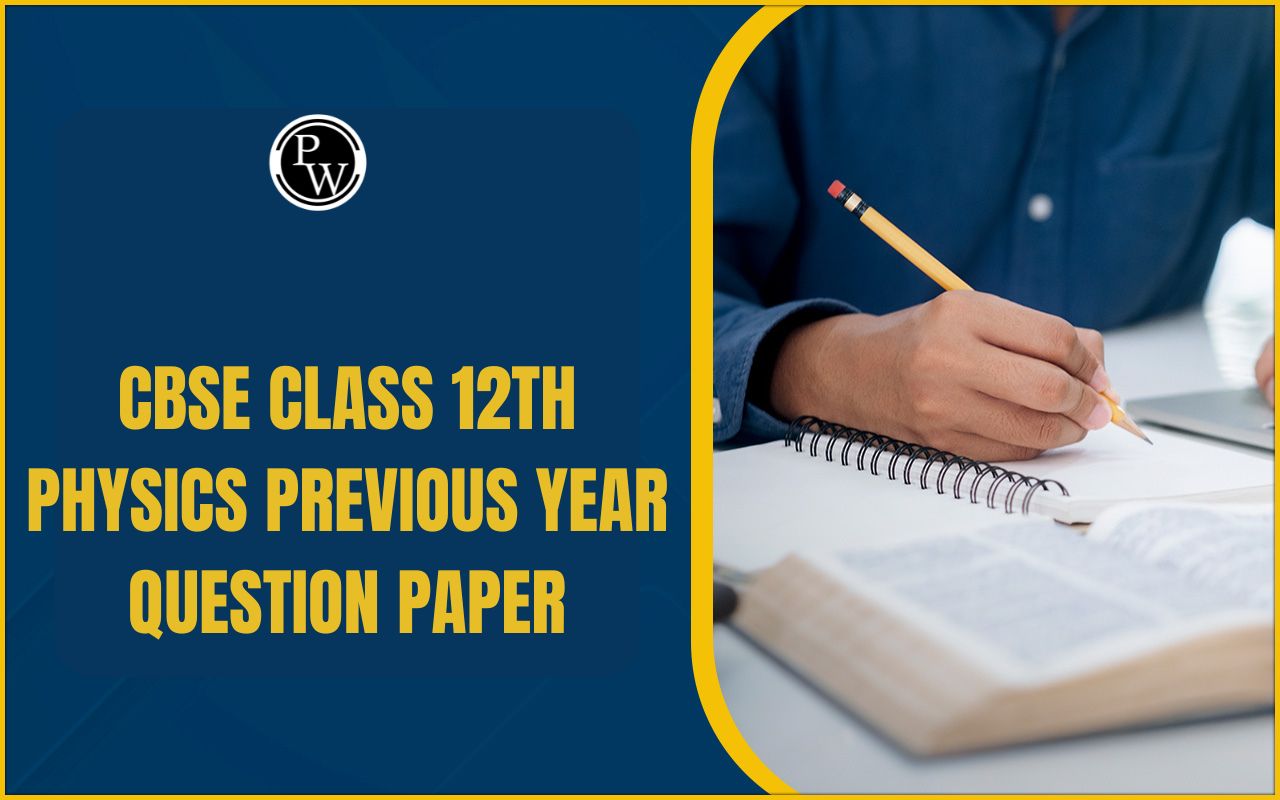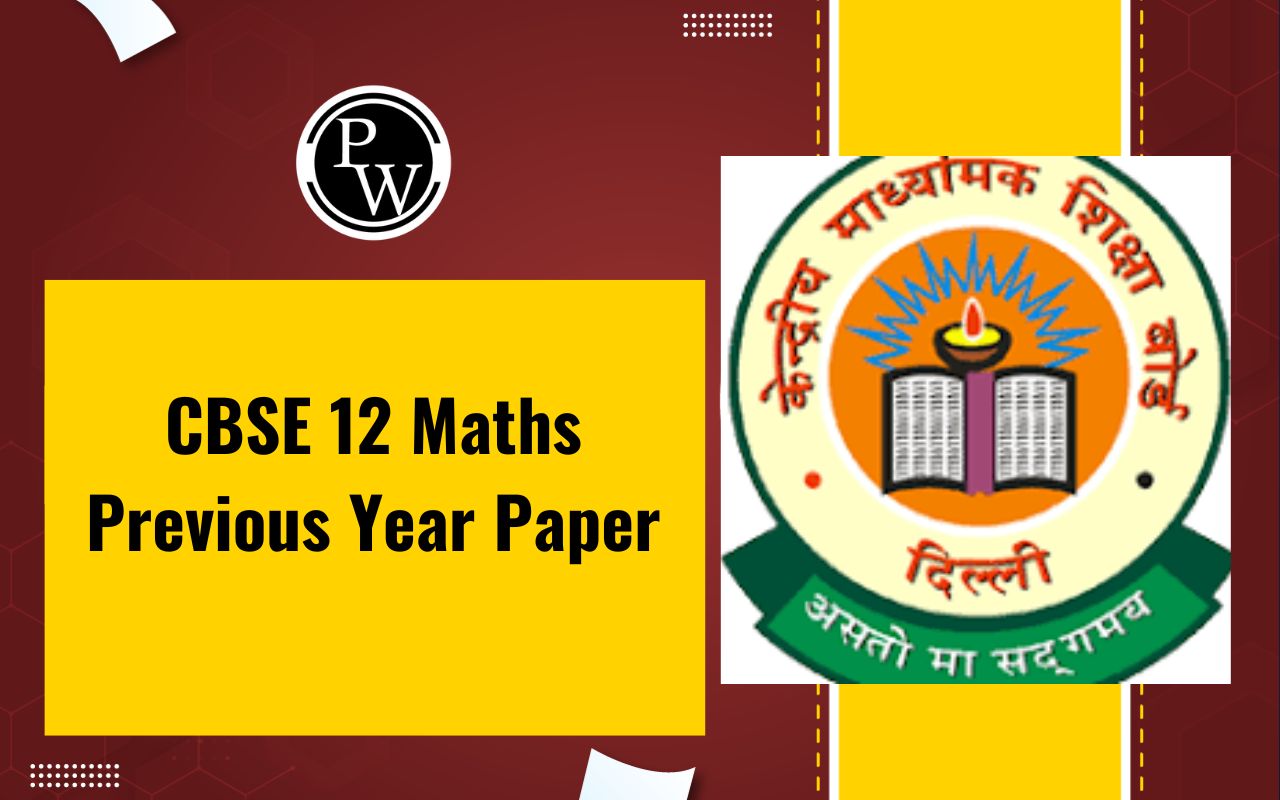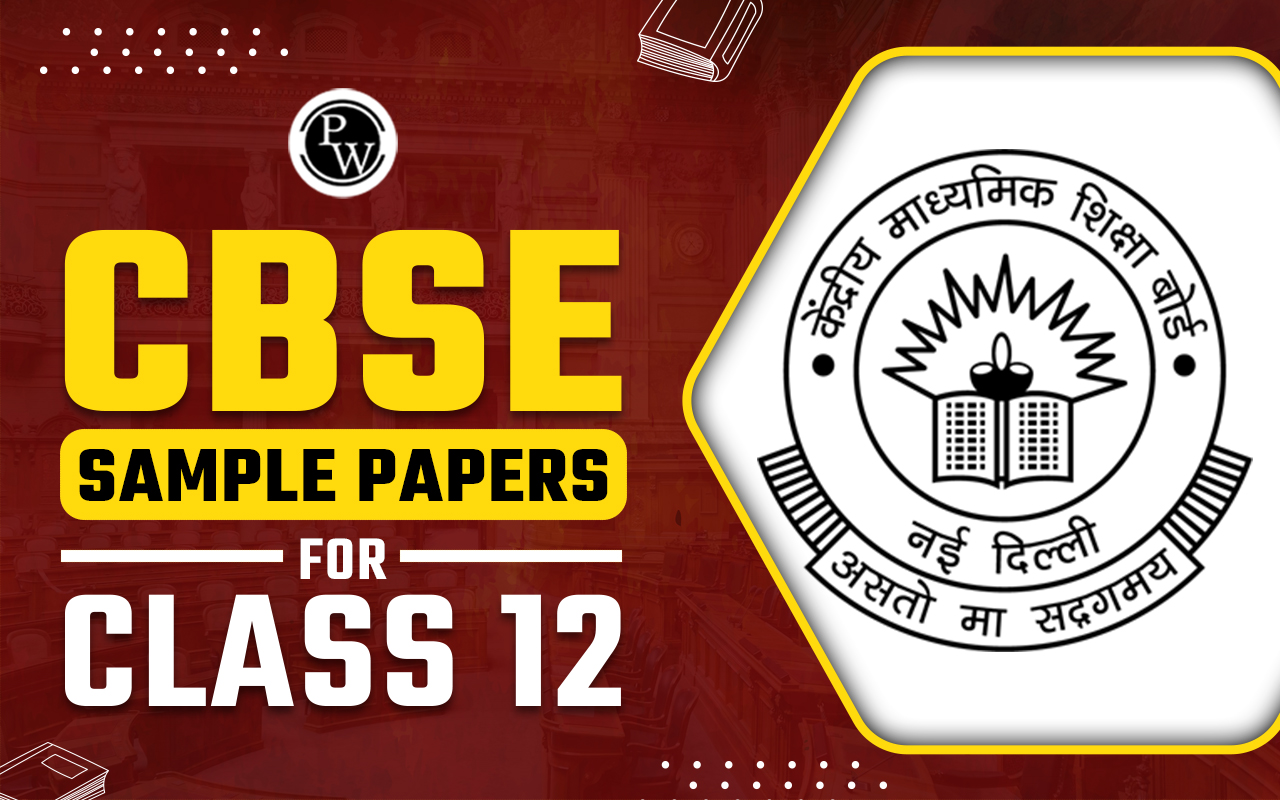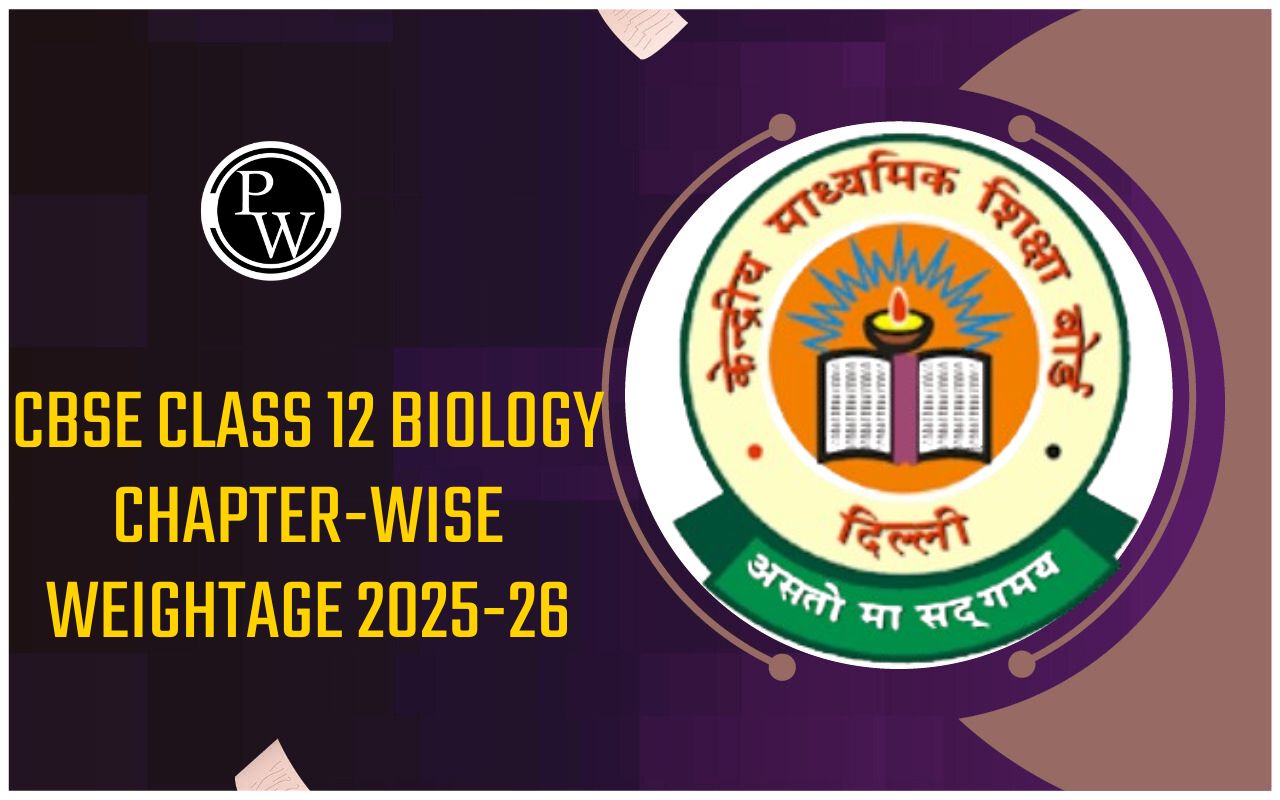NCERT Solutions for Class 12 Biology Chapter 9:
NCERT Solutions for Class 12 Biology Chapter 9 Biotechnology Principles and Processes provide a detailed explanation of the principles and techniques used in biotechnology. The chapter covers topics such as genetic modification, gene cloning, recombinant DNA technology, and the use of biotechnology in agriculture, medicine, and industry.
The chapter also highlights various applications of biotechnology, such as genetically modified crops, gene therapy, and the production of insulin and vaccines. These solutions help students understand the fundamental principles of biotechnology and its real-world applications, enhancing their knowledge and exam preparation.
NCERT Solutions for Class 12 Biology Chapter 9 Overview
Chapter 9 of Class 12 Biology titled Biotechnology Principles and Processes introduces the fundamental concepts of biotechnology, its principles, and various processes used in the field. Biotechnology involves the manipulation of living organisms or their components to develop products and technologies that improve human life.
Key Topics Covered in the Chapter:
Biotechnology and Its Applications
: The chapter begins by explaining biotechnology as a field that uses biological systems and organisms for commercial purposes, especially in medicine, agriculture, and industry. It highlights important applications like genetically modified organisms (GMOs), insulin production, and the use of microorganisms in fermentation.
Principles of Biotechnology
: Biotechnology is based on principles of molecular biology, such as recombinant DNA (rDNA) technology. This involves the manipulation of genetic material to create new genes or organisms with desired traits. The process includes gene isolation, gene cloning, and the insertion of these genes into host organisms.
Microorganisms in Biotechnology
: The chapter emphasizes the role of microorganisms in biotechnology, particularly in the production of antibiotics, enzymes, and other valuable substances. Microbes are used as tools for gene cloning and recombinant DNA technology due to their ability to grow and reproduce rapidly.
Tools of Biotechnology
: Key tools discussed in the chapter include enzymes like restriction endonucleases (which cut DNA at specific sites), DNA ligases (which help join DNA fragments), and vectors (such as plasmids and viruses) that carry foreign DNA into host cells. Techniques like Polymerase Chain Reaction (PCR) and gel electrophoresis are also explained.
Recombinant DNA Technology
: The chapter provides an in-depth explanation of recombinant DNA technology, which involves the creation of genetically modified organisms by combining DNA from different sources. This includes the steps of cutting, joining, and introducing foreign DNA into host organisms to express desired traits.
Applications of Biotechnology
:
Biotechnology has a wide range of applications:
-
Agriculture
: Development of genetically modified crops with improved resistance to pests, diseases, and environmental conditions.
-
Medicine
: Production of therapeutic proteins like insulin, vaccines, and monoclonal antibodies.
-
Industry
: Use of microorganisms in the production of chemicals, enzymes, and biofuels.
Biotechnology in Medicine
: The chapter explains how biotechnology has revolutionized the production of drugs, vaccines, and treatments for various diseases. It also covers gene therapy, which involves inserting correct genes into individuals with genetic disorders.
NCERT Solutions for Class 12 Biology Chapter 9 PDF
For easy access to the NCERT Solutions for Class 12 Biology Chapter 9 Biotechnology Principles and Processes the PDF link is available below. This resource provides detailed solutions to all the exercises in the chapter, helping students to understand key concepts such as recombinant DNA technology, applications of biotechnology, and the role of microorganisms. By referring to the PDF students can enhance their understanding and preparation for exams, as it covers all essential topics and offers step-by-step solutions.
NCERT Solutions for Class 12 Biology Chapter 9 PDF
NCERT Solutions for Class 12 Biology Chapter 9 Biotechnology Principles and Processes
Here is the NCERT Solution for Class 12 Biology Chapter 9 Biotechnology Principles and Processes:
1. Can you list 10 recombinant proteins which are used in medical practice? Find out where they are used as therapeutics (use the internet).
Solution
: Recombinant proteins are created using recombinant DNA technology and are essential in medical treatments. Here are 10 examples and their uses:
-
Interferon-α
: Treats chronic hepatitis C.
-
Insulin
: Used for treating type 1 diabetes.
-
Interferon-β
: Treats herpes and viral enteritis.
-
Interferon B
: Used in multiple sclerosis treatment.
-
Anti-thrombin III
: Helps prevent blood clotting.
-
Human recombinant growth hormone
: Stimulates growth in children with growth deficiencies.
-
Coagulation factor VIII
: Used for hemophilia A.
-
Coagulation factor IX
: Used for hemophilia B.
-
DNAase I
: Treats cystic fibrosis.
-
Tissue plasminogen activator
: Used in treating acute myocardial infarction.
2. Make a chart (with diagrammatic representation) showing a restriction enzyme, the substrate DNA on which it acts, the site at which it cuts DNA and the product it produces.
Solution
: The restriction enzyme EcoRI cuts DNA at a specific site:

-
Enzyme
: EcoRI
-
Substrate
: DNA sequence
-
Site
: Cuts between GAATTC
-
Product
: Two fragments with sticky ends: one with an overhanging AATTC sequence.
3. From what you have learnt, can you tell whether enzymes are bigger or DNA is bigger in molecular size? How did you know?
Solution
: Enzymes are generally
smaller
than DNA in terms of molecular size. This is because enzymes are proteins, which are made up of long chains of amino acids, while DNA is a much larger molecule consisting of long sequences of nucleotides.
How we know
:
-
DNA molecules are large and have a higher molecular weight compared to individual enzymes. For example, the human genome contains approximately 3 billion base pairs of DNA, making it significantly larger than most enzymes, which are proteins typically consisting of hundreds to thousands of amino acids.
-
The molecular weight of a typical enzyme (around 20,000–300,000 Da) is much smaller than that of a DNA molecule (which can be millions of Da, especially in organisms with large genomes).
4. What would be the molar concentration of human DNA in a human cell? Consult your teacher.
Solution
: The molar concentration of DNA in a human cell can be calculated as:
6.023 × 10²³ × 46 chromosomes = 2.77 × 10²³ moles of DNA in a human diploid cell.
5. Do eukaryotic cells have restriction endonucleases? Justify your answer.
Solution
: No, eukaryotic cells do not have restriction endonucleases. Their DNA is protected by methylation, which prevents these enzymes from acting on it. Prokaryotes, however, use these enzymes to protect against viruses.
6. Besides better aeration and mixing properties, what other advantages do stirred tank bioreactors have over shake flasks?
Solution
: Stirred tank bioreactors are used for large-scale biotechnology production and offer several advantages:
-
They allow sampling and testing without contamination.
-
They have control systems for pH and temperature.
-
Foam breakers manage foam formation.
7. Collect 5 examples of palindromic DNA sequences by consulting your teacher. Better try to create a palindromic sequence by following base-pair rules.
Solution
: Palindromic sequences read the same backward and forward and are often recognized by restriction enzymes. Examples include:
-
GAATTC
-
AGCTT
-
AAGCTT
-
GGATCC
-
CCGG
8. Can you recall meiosis and indicate at what stage a recombinant DNA is made?
Solution
:
In
meiosis
, recombinant DNA is formed during
Prophase I
of meiosis, specifically in the
pachytene stage
.
During this stage,
crossing over
occurs, where homologous chromosomes exchange genetic material. This process leads to the formation of new combinations of genes on the chromosomes, creating
recombinant DNA
.
Here’s how it happens:
-
Homologous chromosomes pair up, and segments of chromatids are exchanged between them.
-
The exchanged sections of the chromosome result in new combinations of alleles, which leads to genetic variation.
-
This recombination process is crucial for generating diversity in offspring.
9. Can you think and answer how a reporter enzyme can be used to monitor the transformation of host cells by foreign DNA in addition to a selectable marker?
Solution
: A reporter gene, like the lacZ gene, can be used to track whether the foreign DNA has been successfully incorporated into the host cell. The reporter gene produces a visible marker, such as fluorescence, indicating successful transformation.
10. Describe briefly the following:
-
(a)
Origin of replication
: A DNA sequence where replication begins. It allows DNA to replicate within a host cell and can be linked to vectors to amplify specific DNA sequences.
-
(b)
Bioreactors
: Large vessels used for growing organisms in controlled environments to produce biotechnological products.
-
(c)
Downstream processing
: The process of isolating and purifying products after biosynthesis, followed by formulation and clinical trials.
11. Explain briefly.
(a) PCR
(b) Restriction enzymes and DNA
(c) Chitinase
Solution:
(a)
PCR (Polymerase Chain Reaction)
PCR is a technique used to amplify or make multiple copies of a specific DNA fragment. It allows researchers to obtain a large quantity of DNA from a small sample. PCR involves three main steps:
-
Denaturation:
The DNA sample is heated to high temperatures (usually around 94-98°C) to separate the two strands of DNA.
-
Annealing:
The temperature is lowered (usually around 50-65°C) to allow primers (short sequences of nucleotides) to bind to the target DNA sequence.
-
Extension:
The temperature is raised to around 75-80°C, allowing the Taq DNA polymerase (a heat-resistant enzyme from
Thermus aquaticus
) to synthesize the complementary DNA strand, extending the primers.
These steps are repeated for several cycles, leading to the amplification of the target DNA region.
(b)
Restriction Enzymes and DNA
Restriction enzymes, also known as molecular scissors, are proteins that cut DNA at specific sequences. These enzymes are crucial in genetic engineering and molecular biology. They recognize a specific sequence of nucleotides in DNA (the recognition site) and cut the DNA at or near this sequence. For example, the restriction enzyme
EcoRI
cuts DNA at a specific 6-base pair sequence.
There are two main types of restriction enzymes:
-
Endonucleases:
These enzymes cut within the DNA molecule, typically creating sticky ends, which can be used to join the DNA fragments with other sequences using DNA ligase.
-
Exonucleases:
These enzymes remove nucleotides from the ends of the DNA molecule, either from the 3' or 5' end.
(c)
Chitinase
Chitinase is an enzyme that breaks down chitin, a polysaccharide found in the cell walls of fungi and the exoskeletons of arthropods. In molecular biology, chitinase is often used to degrade the cell walls of fungi to release their genetic material. This is particularly useful in DNA extraction from fungal cells, as it helps to break down the fungal cell walls, allowing the release of the DNA enclosed within the cell membrane.
12. Discuss with your teacher and find out how to distinguish between
(a) Plasmid DNA and Chromosomal DNA
(b) RNA and DNA
(c) Exonuclease and Endonuclease
(a)
Plasmid DNA vs. Chromosomal DNA
|
Plasmid DNA
|
Chromosomal DNA
|
|
It is an extra-chromosomal DNA molecule, primarily found in bacteria.
|
It forms the complete genetic material in the cell, located in the chromosomes.
|
|
Plasmid DNA is capable of independent replication.
|
Chromosomal DNA replicates as part of cell division (mitosis or meiosis).
|
|
Plasmids are usually small, circular, and carry genes that provide an advantage, like antibiotic resistance.
|
Chromosomal DNA is large, linear, and carries most of the cell's genetic information.
|
(b)
RNA vs. DNA
|
RNA
|
DNA
|
|
RNA is typically single-stranded.
|
DNA is double-stranded, forming a double helix structure.
|
|
RNA does not replicate by itself; it is synthesized from a DNA template.
|
DNA can replicate itself during cell division.
|
|
RNA contains ribose sugar, which has an extra oxygen atom.
|
DNA contains deoxyribose sugar, which lacks one oxygen atom.
|
|
RNA uses uracil (U) as a pyrimidine base instead of thymine (T).
|
DNA uses thymine (T) as a pyrimidine base.
|
|
RNA is a component of ribosomes and is involved in protein synthesis.
|
DNA is the genetic material that stores information for cell functions and inheritance.
|
(c)
Exonuclease vs. Endonuclease
|
Exonuclease
|
Endonuclease
|
|
Exonucleases are enzymes that remove nucleotides from the ends (5’ or 3’) of the DNA molecule.
|
Endonucleases are enzymes that cut the DNA molecule internally at specific recognition sites.
|
|
Exonucleases usually remove nucleotides one at a time from the ends of the DNA chain.
|
Endonucleases make cuts within the DNA strand to produce fragments with sticky or blunt ends.
|
|
Exonucleases are important for trimming DNA ends or processing RNA.
|
Endonucleases are widely used in molecular biology for DNA manipulation, such as in cloning and restriction digestion.
|
Benefits of Solving NCERT Solutions for Class 12 Biology Chapter 9
1.
Clarifies Key Concepts
-
This chapter covers fundamental biotechnology topics like recombinant DNA technology, genetic engineering, and the processes used in biotechnology, such as PCR and gene cloning. Solving NCERT solutions helps in understanding these concepts in-depth, ensuring students grasp the foundational principles.
2.
Enhances Understanding of Biotechnology Processes
-
By working through the solutions, students can learn the step-by-step processes involved in techniques like gene splicing, PCR, and plasmid DNA manipulation. This provides clarity on the practical applications of biotechnology, which is crucial for exams.
3.
Improves Problem-Solving Skills
-
The exercises in the NCERT solutions include a variety of questions that test both theoretical knowledge and practical applications. Solving these problems enhances problem-solving skills and prepares students for any question format, whether conceptual or applied.
4.
Boosts Exam Readiness
-
The NCERT solutions are aligned with the exam pattern, and solving them helps students understand the types of questions likely to appear in the Class 12 board exams. It provides a structured revision plan, helping students practice essential topics effectively.
5.
Strengthens Practical Knowledge
-
Biotechnology involves a mix of theoretical knowledge and practical laboratory techniques. NCERT solutions explain how these principles are applied in real-world biotechnology applications, such as agriculture, medicine, and industry. This strengthens a student’s practical understanding, which is important for written exams and practical assessments.
6.
Prepares for Competitive Exams
-
Apart from the board exams, biotechnology topics are frequently featured in competitive exams like NEET and JEE. Solving NCERT solutions helps students gain confidence in answering questions related to biotechnology, which can be beneficial for these exams.












